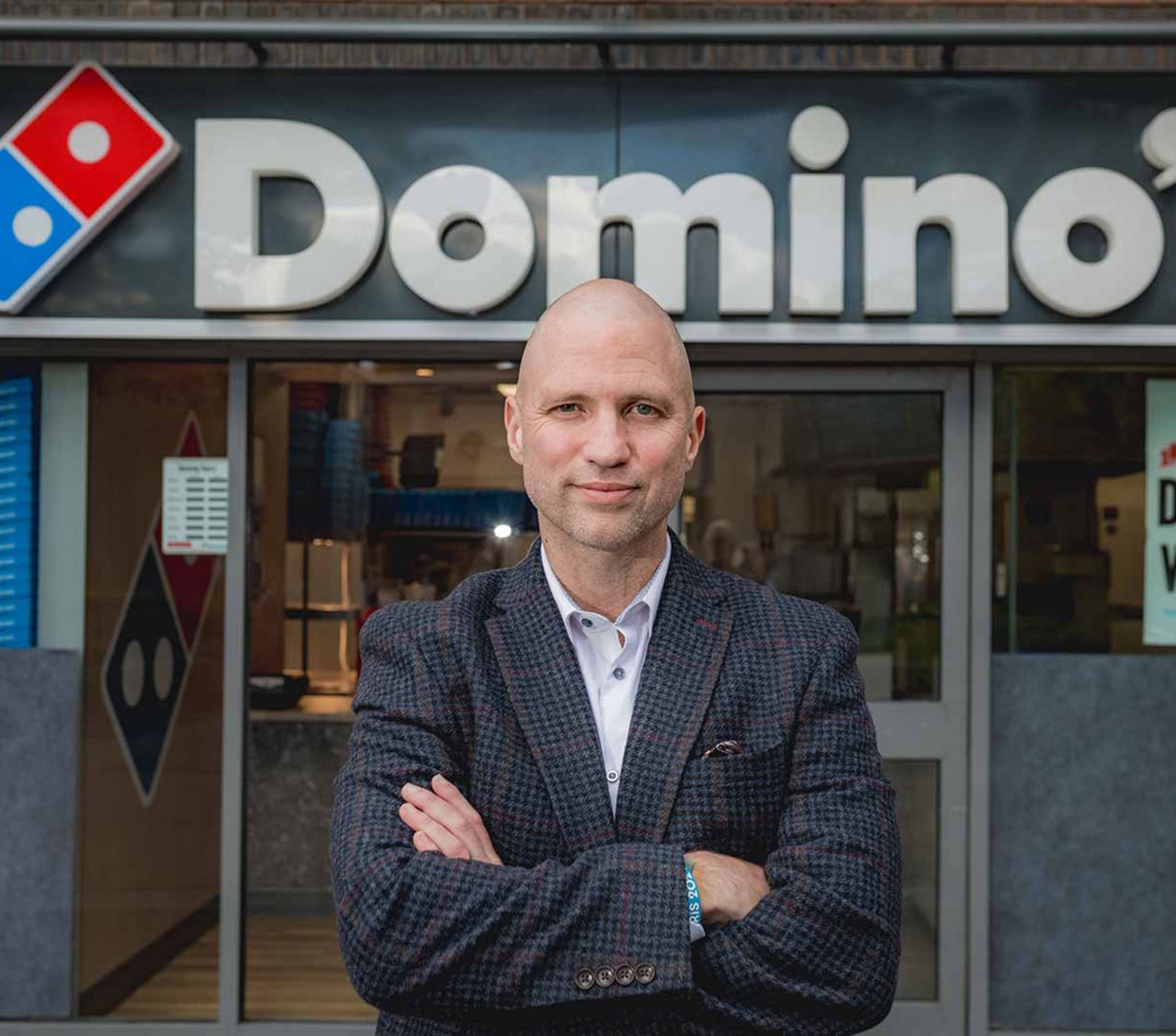
Ireland’s attractiveness to foreign direct investment (FDI) has brought rich dividends, from buoyant employment levels to booming tax receipts. Until recently, data centres seemed an assured element of the mix, and many will recall the widespread incredulity when Apple’s plans for a Є1bn data centre in Co Galway were derailed by local planning objections in 2018.
Seven years on, it is clear this was a blip rather than a brake on progress. Ireland today is home to 82 data centres, a further 14 are under construction, and planning approval has been granted for 40 more. According to US-based Synergy Research Group, Dublin is Europe’s leading hub for hyperscale data centres and the third largest in the world (see boxout for more).
The economic argument is up against the reality of energy shortfalls
Although progress may not have stalled, the narrative has certainly changed. At the end of 2024, Friends of the Earth called for a moratorium on the construction of new data centres in Ireland, arguing that their sizeable energy consumption is ‘prolonging Ireland’s dependency on fossil fuels and will make legally binding carbon budgets unachievable’.
Last year, there was little public furore when South Dublin County Council refused Google planning permission for a new data centre, as the local energy grid infrastructure could not cope with the extra demand it would bring. An increasingly fraught debate now looks set to play out, as the economic argument for data centres confronts the reality of energy shortfalls and legally binding commitments on emissions.
Too little juice
Raising the stakes is data centres’ pivotal new role as ‘workhorses of the AI revolution’, according to KPMG. The advisory giant says the ‘explosion in AI applications cannot proceed without scalable storage solutions to manage the vast quantities of data they require’. Meeting this challenge isn’t a problem unique to Ireland: property consultancy JLL says the rise of generative AI means ‘critical changes need to be made across the globe to increase power usage’.
Law firm Mason, Hayes & Curran also argues that Ireland’s attractiveness as a location for FDI remains strong in this new reality, citing the business-friendly tax regime, temperate climate and connectivity to deep-sea fibre cables. ‘These naturally position Ireland to capture this wave of international investment,’ even if, it adds, ‘the window of opportunity is short’.
‘Ireland may be forced to surrender its cloud crown’
However, past performance may not be indicative of future success. Journalist Mathieu Pollet laid bare current government anxieties in a recent article in Politico. ‘AI’s voracious appetite for electricity may force Ireland to surrender its cloud crown,’ he wrote, citing a reported EirGrid warning to Irish officials of a possible ‘mass exodus’ of data centres if energy issues are not addressed, with the Nordic countries and France, offering cooler temperatures and abundant carbon-free electricity, well positioned to embrace any such flight.
Adding to concerns that Ireland may be wrongfooted by the AI revolution, research from Accenture suggests indigenous employers here are falling behind in AI deployment, with ‘the modernisation of their technological foundations’ a critical issue. ‘One in three organisations believe their cloud capabilities are insufficient to leverage generative AI,’ Accenture says.
Energy hogs
Bolstering the argument for a moratorium on new data centres is data that shows electricity usage by the sector between 2017 and 2023 grew by the same amount as the increase in Ireland’s sustainable energy production, effectively cancelling the latter achievement out. CSO data confirms that data centres are taking an outsized share of metered electricity consumption: 21% of the total used in Ireland in 2023, compared with 18% for all urban households.
Ireland faces EU fines of up to €20bn if it fails to achieve reductions in carbon emissions by 2030
It puts a damper on recent good news on Ireland’s sustainability performance: the Sustainable Energy Authority of Ireland reported energy-related greenhouse gas emissions in 2023 were at their lowest in over 30 years, even if imports of electricity from the UK (representing 9.5% of electricity supply in 2023, up from 1.1% in 2022) were central to this. Fossil fuels are still used to meet 82.7% of Ireland’s energy needs – a reality that could soon have serious financial repercussions. The Irish Fiscal Advisory Council has warned that Ireland is now facing fines of up to €20bn from the EU if it fails to achieve the reductions in carbon emissions legally mandated for it by 2030.
Tough trade-off
Irish policymakers have limited time to solve the conundrum of industry growth vs emissions reduction. It is a can that cannot be kicked down the road by the incoming government, set to be in power right up to 2030. While a new programme for government has yet to be detailed, a stay on data centre expansion seems highly unlikely, even if capacity constraints mean there is now an effective freeze on new data centres in the Greater Dublin area until 2028.
‘AI is coming and and we have to facilitate it’
Sceptics will point to Singapore, which lifted a three-year ban on new data centres in 2022 and, in 2024, seemingly bowed to the inevitable by announcing it would increase power availability to the sector. In July 2024, Micheál Martin, the then tánaiste and likely next taoiseach, seemed to put his weight behind further expansion. ‘AI is coming and the demand for data will grow exponentially, so we have to facilitate all of that,’ he said.
Former CEO of EirGrid Mark Foley is also arguing for data centre growth to support the financing of more renewable energy from Ireland, describing criticism of the sector as ‘inaccurate, misinformed and damaging’. Environmentalists and economists concerned about the impact of punishing fines on the Irish exchequer may see things differently.
Add to the mix an incoming Trump administration apparently set on ‘reclaiming’ Ireland’s current FDI tax bonanza and the economic malaise besetting much of Europe, and AI, even with unlimited power, would be hard pushed to accurately predict just how the cards will play out for Ireland on this issue over the next five years.
Data centres and Ireland
What do data centres actually do?
Every time your computer or device reaches beyond its own confines – from streaming a show to accessing records to booking a flight – it is facilitated by a data centre. The ‘cloud’ that has replaced local data storage is really shorthand for data centres.
How long have we had data centres in Ireland?
Data centres arrived in Ireland in the late 1990s and the sector took its current shape from 2010 onwards, with the growth of smartphone technology, digitisation and file sharing.
What are hyperscalers?
Hyperscalers are large networks of data servers, operated by major cloud providers such as Amazon, Microsoft and Google. The significant business presence of these tech giants in Ireland has been matched by their major hyperscale operations here.
How many data centres are there in the world?
There are more than 8,000 globally. Around 33% of them are in the US, 16% in Europe and 10% in China.
Do data centres really consume that much electricity?
A large data centre can use the same amount of electricity as Kilkenny city.
Is data centre energy usage in Ireland excessive?
Data centres currently use 21% of all electricity in Ireland – a figure that may reach 30% by 2030. In contrast, data centre energy usage in the Netherlands, Ireland’s nearest EU competitor in the sector, is about 4%.
Source: Aoife Ryan-Christensen, Brainstorm

